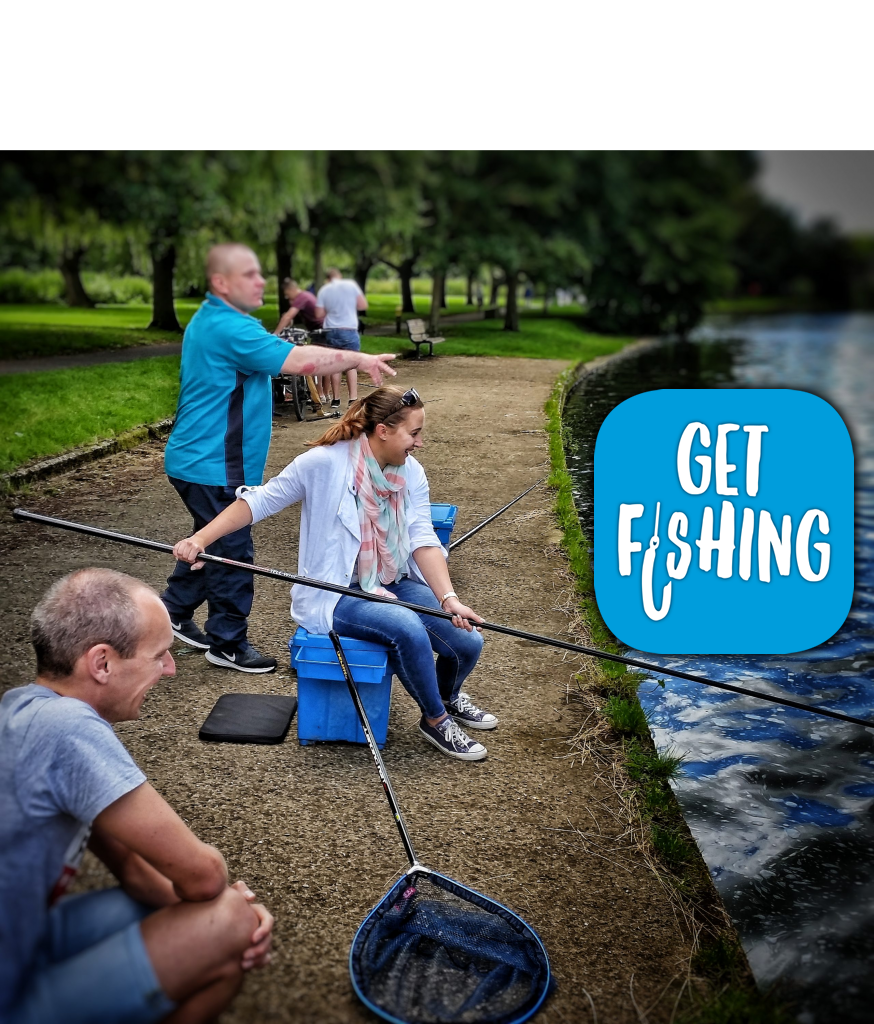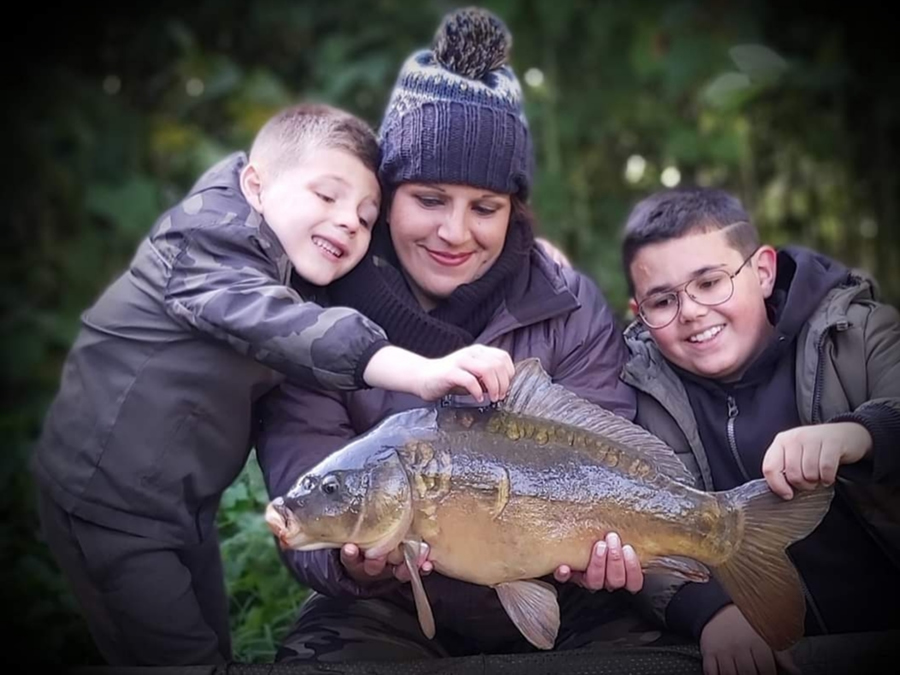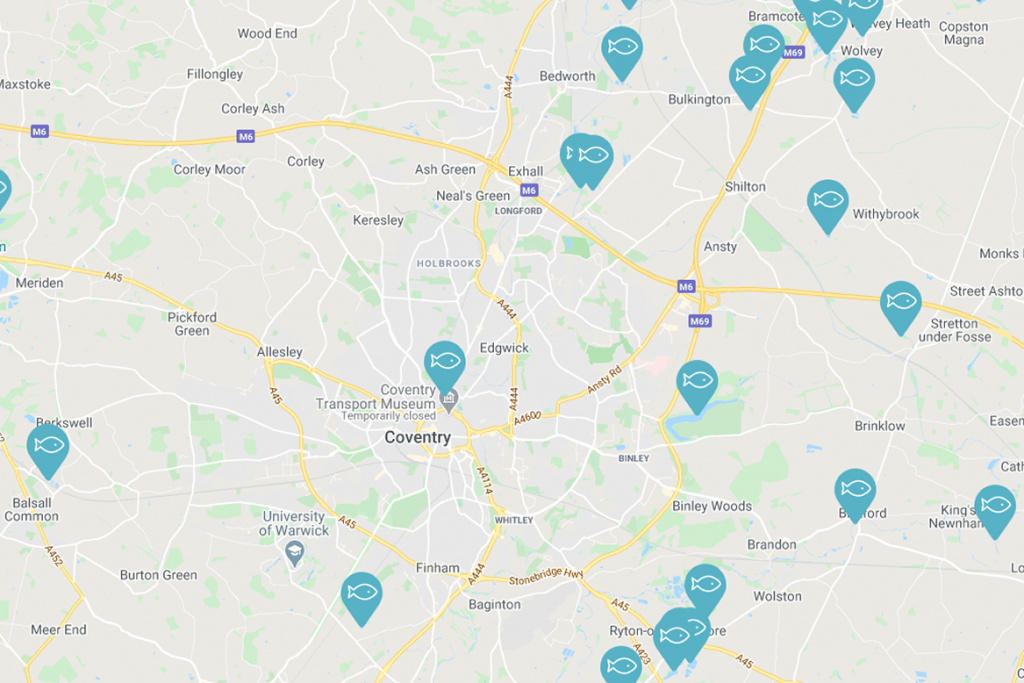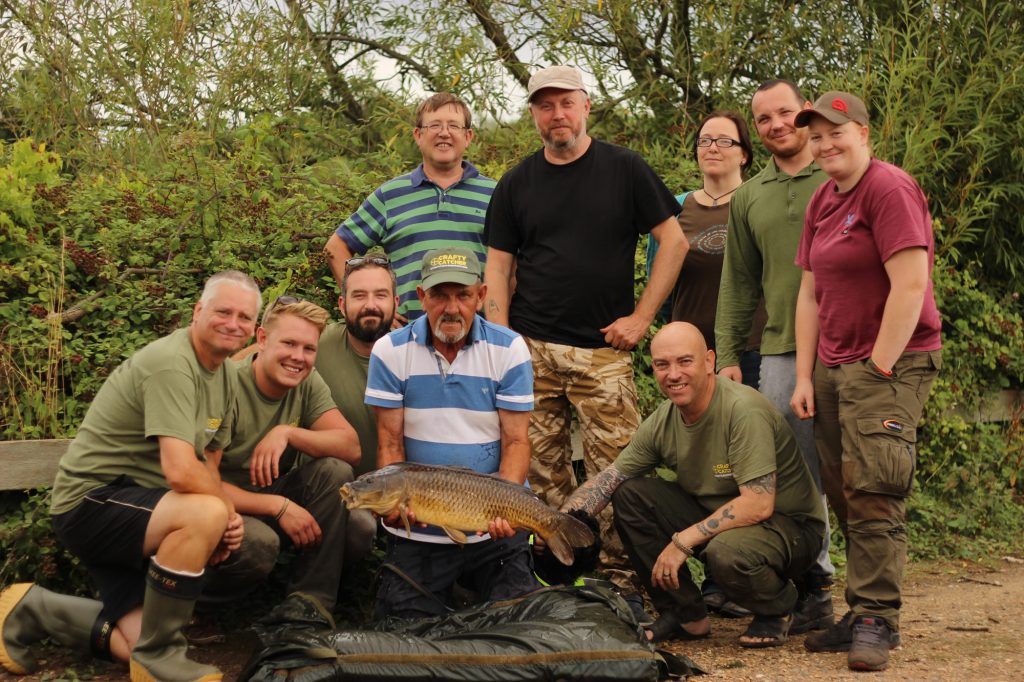
Lines On The Water
The Angling Improvement Fund. How does it work?
Every year, the Environment Agency allocates income from rod licence sales to fund projects aimed at improving angling, its habitats and the general facilities anglers use.
So with one such fund currently open for applications, what are the chances of success when there’s a funding round that’s applicable to your own organisation? We spoke to those at the centre of the application and decision-making process.
At the time of writing, the current round of the Angling Improvement Fund is open to applications from clubs, fisheries and angling-related organisations who seek support for projects to defend stillwaters against predation from mammals and fish-eating birds.
Predation is an issue that can have a devastating effect on a fishery and that’s why the Environment Agency released £150,000 of income from rod licence sales into this round of the Angling Improvement Fund to specifically target this problem. But, whenever a funding round is active, the clock is always ticking and an application’s closing date that might seem an age away, creeps up like Christmas or a loved one’s birthday.
Otter fencing like this at Elms A.S. humanely protects fish stocks from unwelcome visitors.
A recent Lines On The Water case study of Elms Angling Society in Rickmansworth helped launch the latest predation round and confirmed that a successful submission that creates a better fishery as its consequence, can be time-consuming and exhaustive. So, if you’re a fishery owner or part of an angling club that’s considering an application for a share of improvement funding during any such opportunity, the general premise will always be, you’d better get a move on.
Competition from other applicants can be tough, so the more robust and credible your plan, the greater the chance of receiving financial support. Check out the blog about Elms A.S. and you’ll realise that the money received by the Environment Agency from licence-paying anglers is not going to be handed over lightly.
There are a succession of funds that support angling but the AIF is one of two comparable ‘improvement’ programmes. The other is the Fisheries Improvement Programme (FIP) and between them, the AIF and FIP serve different areas of angling development. So the first essential factor for any party interested in funding support is to understand which fund is right for you and your project.
“The AIF has set criteria and is administered by the Angling Trust,” says Fund Manager Andy Petch. “As we speak, the current round will fund projects that will protect against predators such as otters, cormorants and goosanders. This includes support for otter fencing, non-lethal scaring methods and floating islands or marginal planting that provide shelter from danger for silver fish.
“In the future, another round of the AIF will focus on bio-security and invasive non-native species. This could include the training of people to treat plant-based species and create washdown areas to help stop the spread.
“On the other hand, when FIP rounds are announced, there’s generally a wider scope to improve habitats for fish and upgrade a venue for the benefit of anglers. In the past, the list has included swim building, aeration and footpath and car park creation. Within that, there’s a focus on greater accessibility for all so that more people can enjoy the many benefits that we know angling can provide.”
So it is important that angling organisations looking for grant funding understand where to focus their attention and then keep a look out on the Angling Improvement Fund or Fisheries Improvement Programme pages of the Angling Trust website for announcements about opportunities.
When the time is right, the application process is pretty standard across both funds and across all categories and the general principle is fairly obvious: The more focused and comprehensive an application, the more chance it has of success.
The Angling Trust’s Fisheries Management Advisors can offer expert guidance.
So how does it work?
Planning and its presentation are key. The harsh reality is that completed applications supported by little or no additional detail around such things as project rationale and formal quotes from suppliers or contractors, are rarely going to succeed.
The good news is that free help with the planning is available. For the AIF, the Angling Trust’s Fisheries Management Advisors can offer support, for the FIP, contact your local Environment Agency Fisheries Officer.
On that basis, in the case of the predation round, the Angling Trust’s Jake Davoile (south) and Richard Bamforth (north) are the points of contact.
“Some organisations don’t know where to start,” said Jake. First of all, we can help set up cameras to understand the frequency of predator visits which will help inform the membership about what needs to be done. On fencing for example, they wouldn’t necessarily be expected to know what specification is required or even where to properly site it. Siting obviously dictates how much of a clearance operation needs to be done and from there, how much it will all cost.
“There are other elements like adjacent landowners to consider and potentially, designated site status and the proximity of water courses. Once that advice is given, it is up to them. We can point them in the right direction and give them the information they ask of us, even guide them through the application process itself. Ultimately though, it is down to the club or fishery to get the job done.
“We’re always on the end of the ‘phone. We’ve assisted hundreds of clubs and fisheries and we’re happy to help iron out any problems that we can.”
Over the years, previous rounds of funding opportunities have proved that support, advice and ongoing engagement through the process can be a valuable tool for many applicants. But the one thing the likes of Jake and Richard can’t do is guarantee an application will succeed.
Floating Islands offer refuge for silver fish and protect from attacks from above.
“There’s only a certain amount of money,” said Jake. “It’s an online application process and it’s certainly the case that the more information you can provide and the more time you spend on it, the greater chance you have of being further up the line and gaining some funding. We’re always happy to help where we can, but our involvement through a process isn’t a promise of success. If and when support is approved, it will always be down to how the applicant has presented its own case.
The final word comes from Andy Petch: “There are usually more project ideas submitted than budget available so the importance of a comprehensive application can’t be overstated. Applications go through an evaluation process with a panel scoring each submission against set criteria. This will include project justification and outcomes, the number of rod licence holders that will benefit and the element of matched funding. It’s inevitable that some applicants will miss out but those who are supported will be improving angling facilities thanks to the income generated from rod licence sales.”
—-
- The Angling Improvement Fund and Fisheries Improvement Programme are funded by the Environment Agency from Rod Licence income.
- The current round of the AIF on predation closes for applications at 5pm on Friday, 17th May 2024. A second round reflecting bio-diversity and invasive, non-native plant species is anticipated in the autumn.
- The AIF and FIP is funded by income from Rod Licence sales. Please visit the Gov.uk website to buy your licence today.
You might also like

Youtube star Amie Battams to become Angling Trust Ambassador
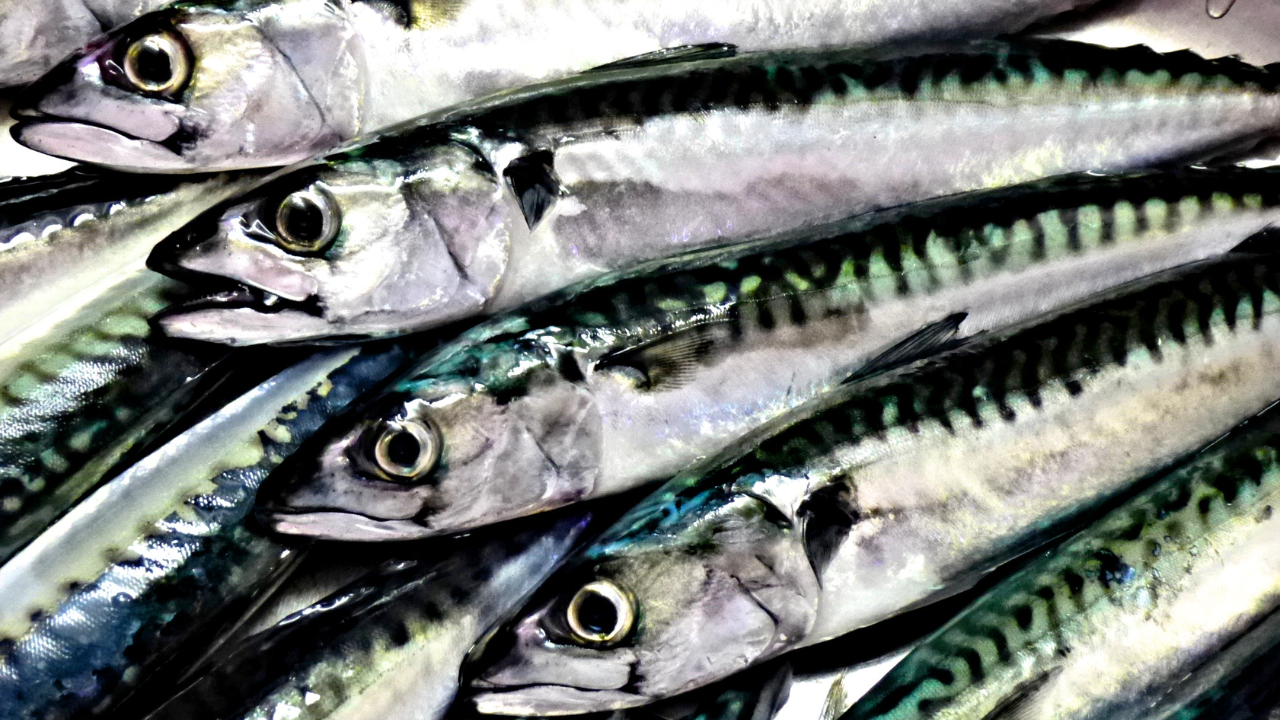
Approved! Sussex IFCA Minimum Size Byelaw: What Sea Anglers…

UK Must Not Buckle to Brussels Over Fishing Access
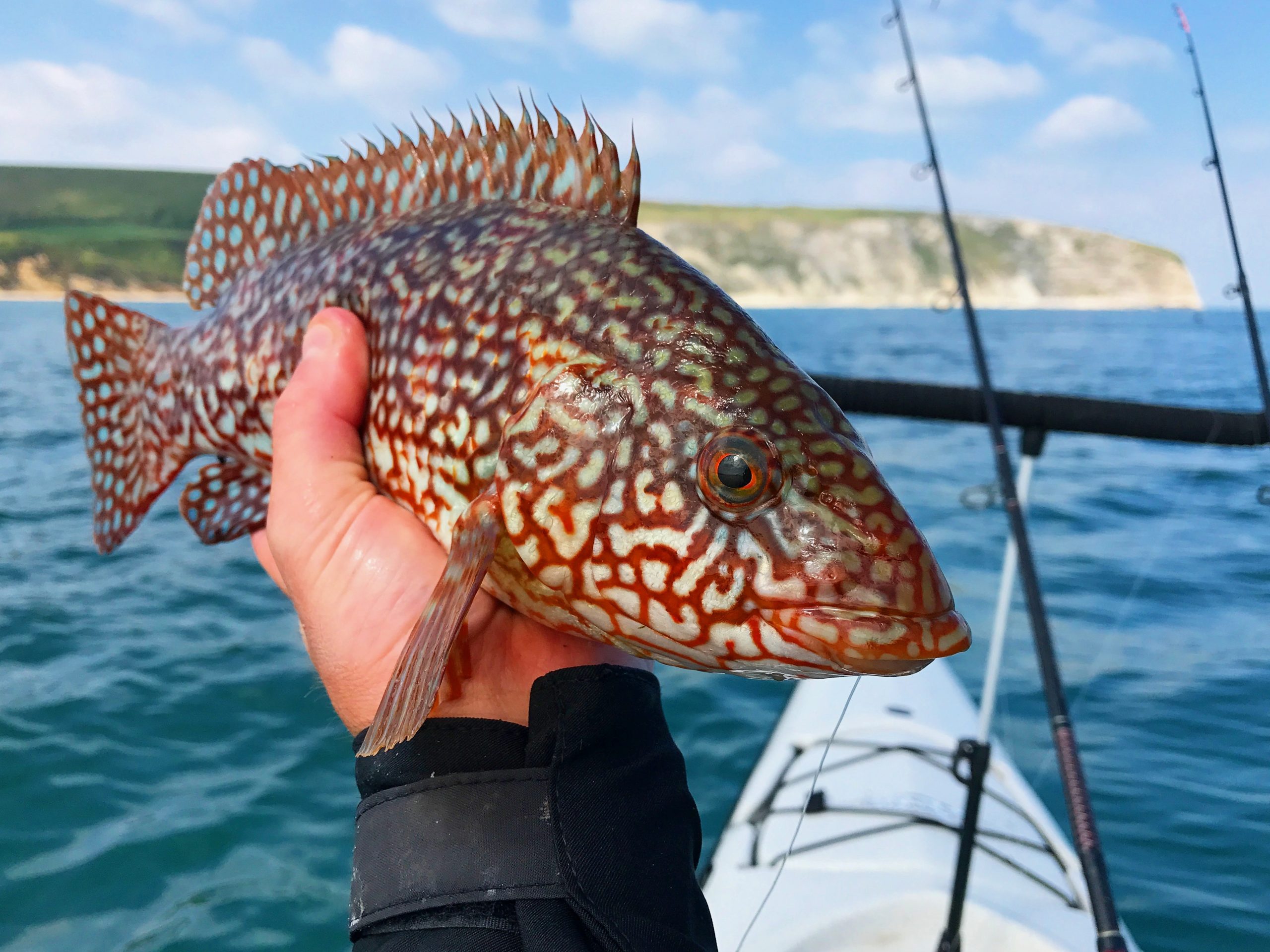
Joint Fisheries Statement: What Sea Anglers Need to Know

TWO NEW SPONSORS ANNOUNCED FOR ANGLING TRUST SEA LEAGUE…

SINGLE FISH WINS BRITISH PIKE CHAMPS FINAL 2024
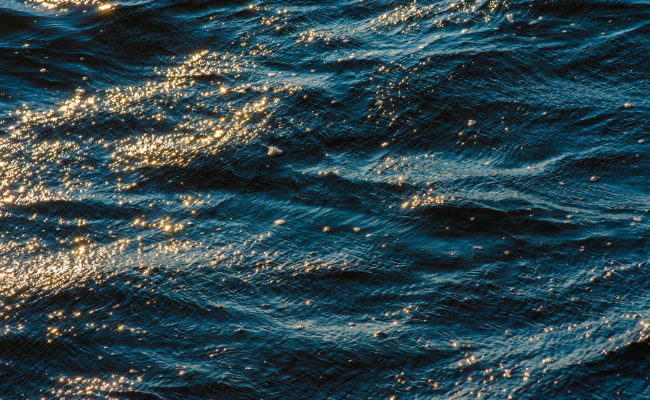
Overdue Changes to Channel Commercial Fisheries Introduced… But Are…

FIP Support for Community’s Astonishing Legacy
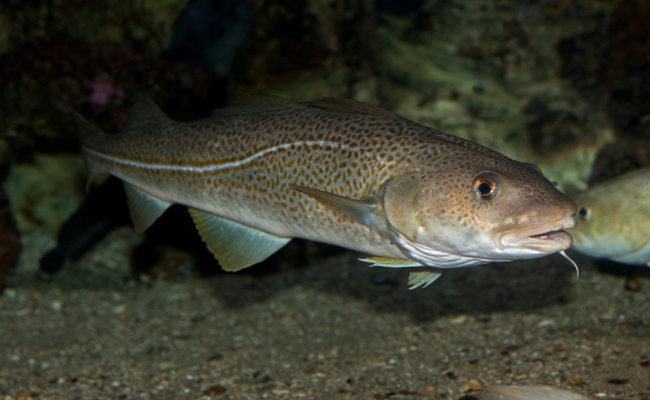
2025 UK-EU Fishing Agreement Charts Dangerous Path

Sea Anglers Tackle Water Quality and Litter Pollution in…
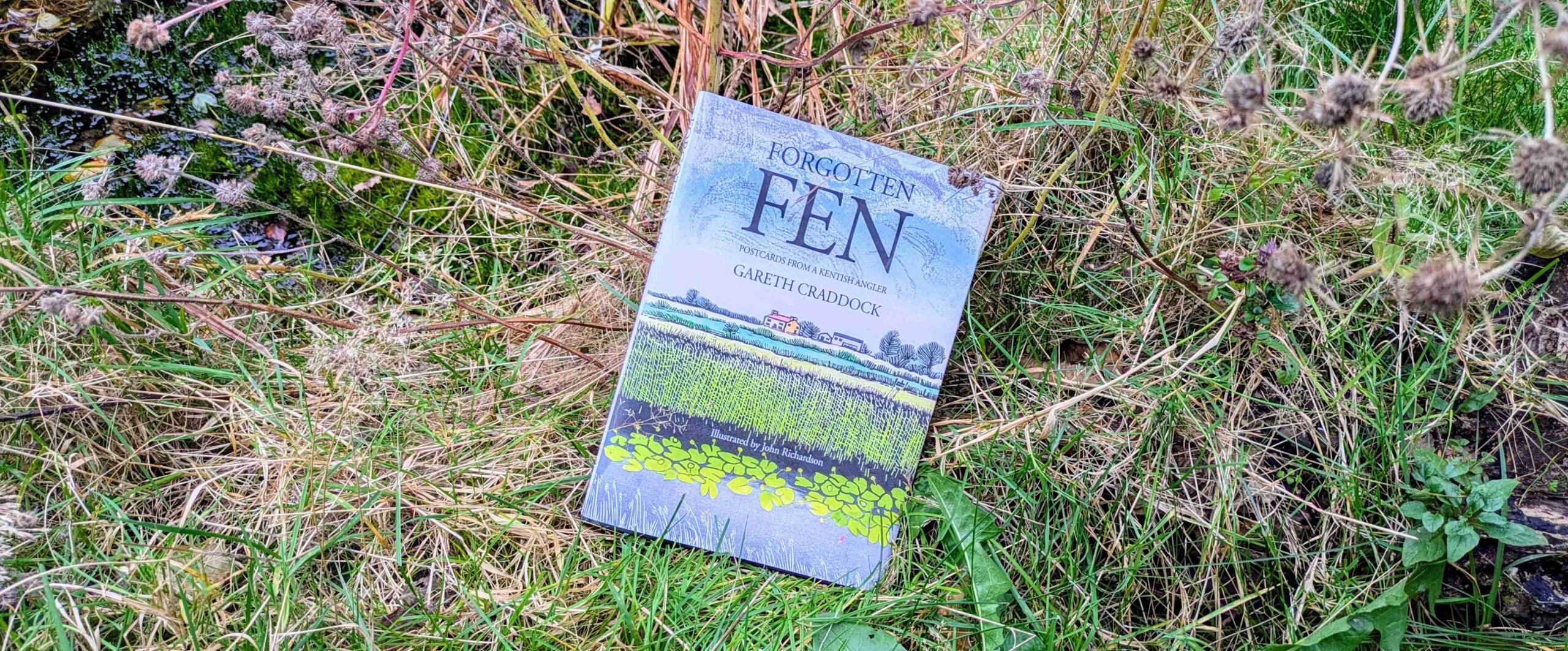
Book Review – Forgotten Fen by Gareth Craddock

